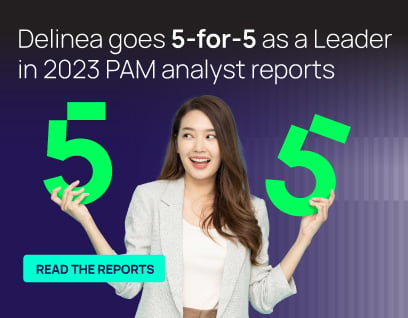Regulatory frameworks and
compliance requirements
specify critical PAM controls
Unmanaged privileged accounts and persistent access
violate compliance mandates. See how implementing
PAM best practices will help you pass your next
cybersecurity compliance audit.
Challenge
Compliance audits are time consuming and stressful, but you can’t avoid them.
Risk
Compliance failure can lead to expensive fines, sanctions, and loss of customer trust.
Solution
PAM helps you meet regulatory requirements and demonstrate compliance.
Security regulations across industries and geographies require Privileged Access Management
Compliance frameworks require accountability through authentication and control of access. Security compliance audits are a stressful, time-consuming effort for many companies. PAM software can streamline the process by automatically verifying privileged identities, limiting access to sensitive information, and curtailing an attacker’s ability to circulate throughout your IT environment.
Plus, PAM solutions create an immutable audit trail to demonstrate that required controls are in place and effective.
Effective privilege management helps you pass compliance audits and reduce your cyber risk.

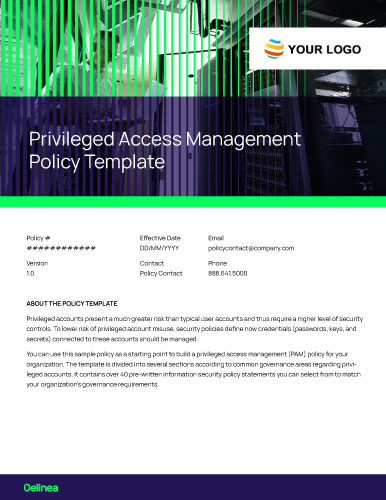
Privileged Access Management Policy Template
Get started creating PAM compliance policies for your organization with 40+ pre-written policy statements, based on requirements outlined by CIS, NIST, PCI and HIPAA.
Enterprise password management
Compliance mandates require that all passwords be complex, changed regularly, and stored in a secure way. If privileged users are expected to manage passwords manually to meet security compliance requirements, they often fail to meet requirements.
To pass an audit, you must implement and enforce granular limitations on access privileges for systems and data. Unknown, unmanaged, and unprotected privileged accounts violate compliance mandates.
PAM automates password management for enterprise-wide compliance with corporate and regulatory mandates.
See how Secret Server on the Delinea Platform helps you manage and secure passwords »
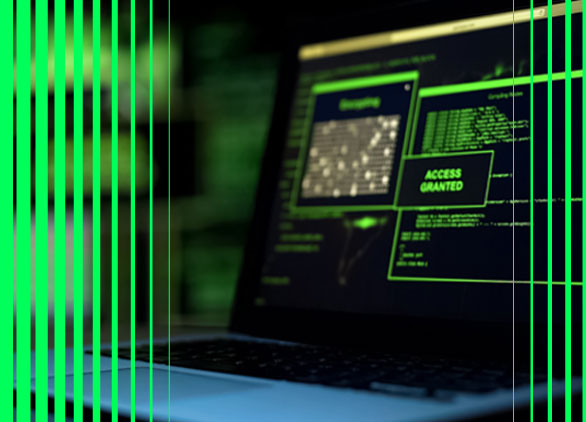
Identity and access management for servers
Compliance frameworks highlight identity security, Multi-Factor Authentication (MFA), and granular, least privilege access as essential cybersecurity controls.
They expect to see privileged accounts associated with individual users, rather than shared.
See how Server PAM implements identity and access management.
Protection for workstations
Compliance for compliance sake is not the goal. The real goal is effective security against rising cyber threats. Compliance mandates recognize the need to secure user workstations, as these are often a prime entry point for cyber attacks.
With PAM you can deploy endpoint protection for workstations that includes management of local privileged accounts and applications, just-in-time, just-enough privilege elevation, and detailed auditing of privileged activities.

Audit logs and session recordings to demonstrate compliance
Data gathering can often form a large portion of the audit process. By monitoring and recording privileged sessions with enterprise PAM, you can capture events and ensure there are no visibility gaps. Automated, centralized reporting saves you time pulling together documentation to show auditors.
Secret Server on the Delinea Platform helps you meet regulatory requirements and demonstrate compliance to satisfy internal and external auditors. Out-of-the-box and custom reporting features save time and make executive reviews and audits painless. See how Secret Server on the Delinea Platform manages privileged sessions »

Beazley Saved Months Preparing for Audits and Eliminated Costs for Audit Consultants
“External auditors say, ‘prove to us that these credentials haven’t been used for anything they shouldn’t have been used for.’ When the auditors came back this year, they gave us high marks. Nice green ticks make my boss and his boss very happy.”
Carl Broadley, Head of IT Security and Technology Risk, Beazley Insurance
PAM solutions for audit and compliance
Full-featured, free software trials get you up and running fast
Secret Server
Discover privileged accounts, vault credentials, ensure password complexity, delegate access, and manage sessions.
Server PAM
Privileged Behavior Analytics
Privilege Manager
Remove local admin rights and implement policy-based application control in a single solution.
See how your PAM practices map to compliance requirements
Which compliance regulations do you need to follow? How can you satisfy auditors? Some regulations are highly prescriptive, while others give you broad guidelines but leave the detailed decisions up to you. See how your privilege management practices stack up to the latest compliance requirements. Make sure you know the deadlines so you can be ready when the auditors arrive.
-
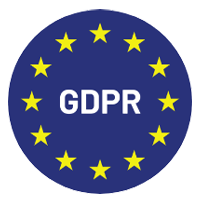
EU GDPR
Any organization dealing with EU citizens’ Personally Identifiable Information is obligated to meet standards for effective data protection, adequate security measures, and privacy by design to comply with EU GDPR.
-

NERC/CIP
Under the North American Electric Reliability Corporation (NERC) Critical Infrastructure Protection (CIP) plan, energy and utility companies must ensure strict access control in order to protect assets from the threat of a cyber attack.
-
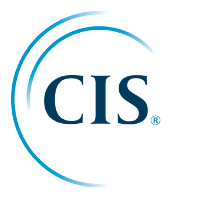
CIS Controls
The Center for Internet Security (CIS) Top 20 Critical Security Controls (previously known as the SANS Top 20 Critical Security Controls) is a set of security best practices designed to prevent the most common and significant cyber threats, including password protection.
-

NYCRR
One of the strictest cybersecurity regulations at a federal or state level, NYCRR applies to New York insurance companies, banks, and other regulated financial services institutions, including agencies and branches of non-US banks licensed in the state of New York.
-
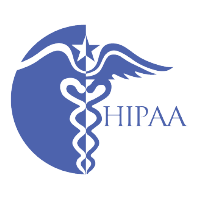
HIPAA
Any organization that creates, receives, maintains, or transmits electronically protected health information (ePHI) in the US must meet HIPAA requirements for access control and data sharing.
-
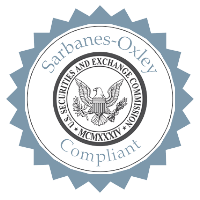
SOX
Sarbanes-Oxley (SOX) is designed to reduce corporate fraud by requiring an increase in the strength and granularity of security controls for financial auditing and reporting.
-
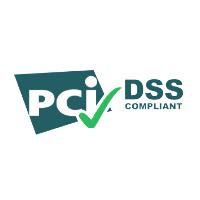
PCI DSS
PCI DSS provides organizations that accept, store or transmit credit card data with guidelines for privilege management and a framework to protect cardholder data.
-
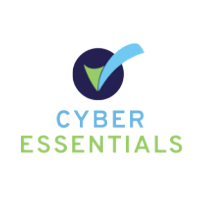
UK Cyber Essentials
Contractors in the UK that handle sensitive or personal information must receive Cyber Essentials Certification to demonstrate understanding and enforcement of privilege management.
-
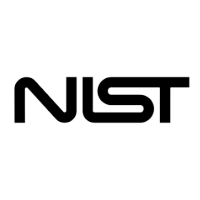
FISMA/NIST
The National Institute of Standards and Technology (NIST) outlines steps federal agencies and government contractors must take to comply with privilege management in FISMA in NIST SP 800-53.
-
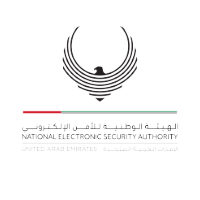
UAE NESA
The National Electronic Security Authority (NESA) in the United Arab Emirates requires government entities and businesses in critical sectors to closely control and protect privileged accounts.
-
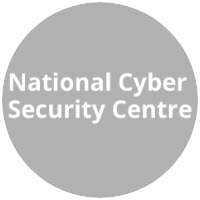
New Zealand Cyber Security Strategy
The refreshed New Zealand Cyber Security Strategy comes with an Action Plan and a National Plan to address cybercrime, which is added to the original four key principles. It replaces the New Zealand Cyber Security Strategy from 2011.
